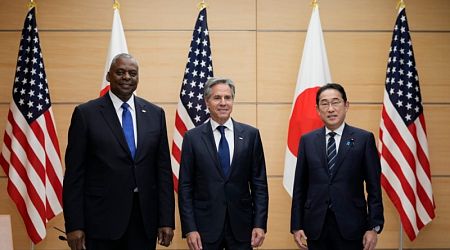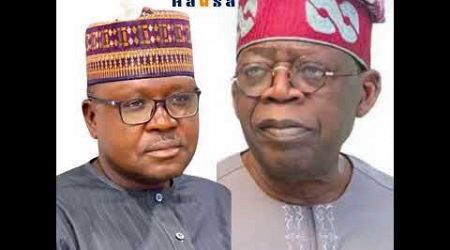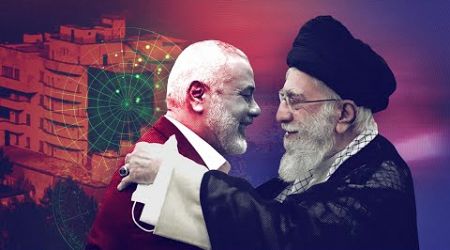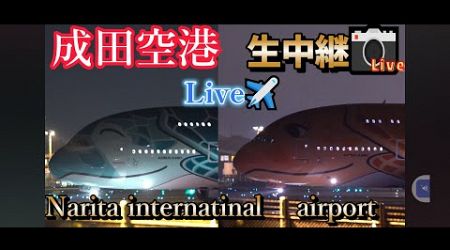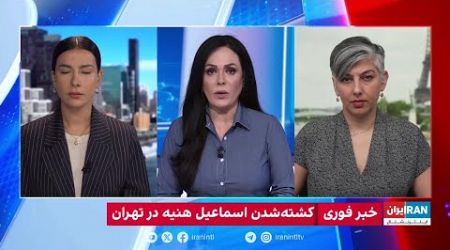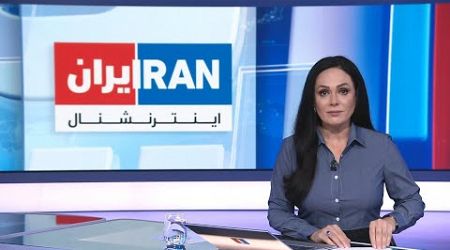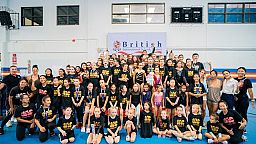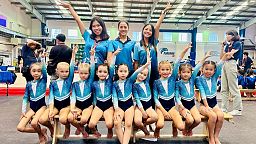International
US, Japan eye warfighting capabilities through alliance upgrade
washington — The realignment of the United States armed forces in Japan, announced on the heels of the latest U.S.-Japan security talks, will focus on developing warfighting capabilities in the Indo-Pacific region, former U.S. military officials and
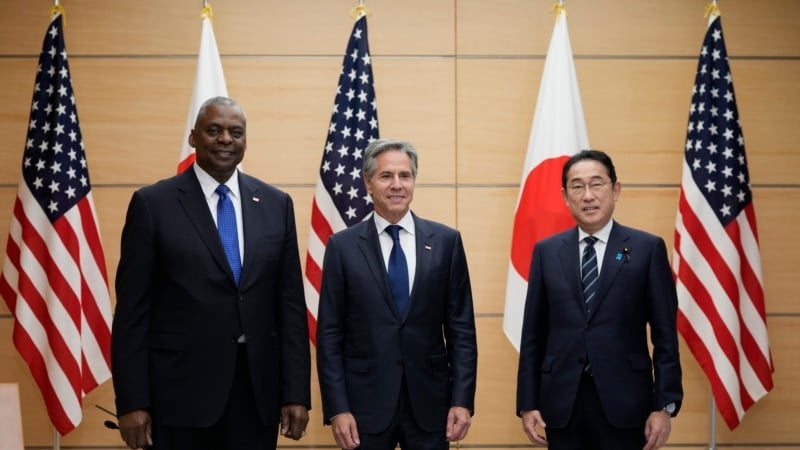
During a meeting of the Japan-U.S. Security Consultative Committee in Tokyo on Sunday, the two nations agreed to upgrade the command and control of the U.S. Forces Japan (USFJ), converting the current USFJ structure into a joint force headquarters.
The new headquarters will be given "expanded missions and operational responsibilities," according to a statement released after U.S. Secretary of State Antony Blinken and Defense Secretary Lloyd Austin met with their Japanese counterparts, Yoko Kamikawa and Minoru Kihara.
Jerry Martinez, a retired U.S. Air Force lieutenant general who served as the USFJ commander from 2016 to 2019, said this move is "a gigantic step forward" for the United States, Japan and the alliance at large.
"This action signals the high regard in which both countries view the alliance, as well as the need to ensure Japan is always ready to withstand any threats in the region," Martinez told VOA Korean via email on Wednesday.
"It sends a strong signal to potential threats that Japan as a whole is trained, prepared and operationally ready to meet any challenges," he said.
Harry Harris, former U.S. ambassador to South Korea during the Trump administration, told VOA Korean in an email on Tuesday that the USFJ headquarters will take on more operational command responsibilities.
"It greatly expands the heretofore limited role of the existing USFJ," said Harris, who was also commander of the U.S. Indo-Pacific Command from 2015 to 2018.
"USFJ was not responsible for joint war planning," he said, adding that the move to set up a new headquarters recognizes "the importance in Japan of effective joint planning between the U.S. and Japan."
The reconstitution of American forces stationed in Japan, scheduled for March 2025, is widely seen as the most substantial transformation since its establishment in 1957.
"This will be the most significant change to U.S. Forces Japan since its creation and one of the strongest improvements in our military ties with Japan in 70 years," Austin said in a press conference Sunday in Tokyo.
According to experts in Washington, the changes are aimed at giving USFJ an actual warfighting command, which has, up to now, been largely assumed by the U.S. Indo-Pacific Command, headquartered in Hawaii.
"It was more of a command that focused on kind of day-to-day management of resources in Japan," Robert Peters, research fellow for nuclear deterrence and missile defense at the Heritage Foundation, told VOA Korean by phone on Wednesday.
"USFJ is going to have more responsibilities and more capabilities, so they're going to be able to make their own decisions when a war breaks out," he said.
Peters, who served as a special adviser in the Office of the Secretary of Defense during the Obama administration, said the new USFJ will be "more relevant to the warfighting."
James Przystup, senior fellow at the Hudson Institute's Japan Chair, told VOA Korean via email on Tuesday that the focus of the new joint command will be the closer operational integration of U.S. military assets, which encompass elements of the Army, Marine Corps, Navy and Air Force.
"USFJ as it stands today serves an administrative function," Przystup said. "Establishing a joint force headquarters provides for the closer operational integration of U.S. forces deployed in Japan."
According to the joint statement of the Security Consultative Committee on Sunday, the new U.S. joint force headquarters will serve as a counterpart to Japan's Joint Operations Command, facilitating deeper interoperability and cooperation on joint bilateral operations.
The USFJ's cooperation with the Japanese Self-Defense Forces (JSDF) is expected to take a form different from the Combined Forces Command in South Korea, a joint warfighting headquarters consisting of U.S. Forces Korea (USFK) and the South Korean military.
Retired U.S. Army General Robert Abrams, who served as the commander of the USFK from 2018 to 2021, told VOA Korean in an email on Wednesday that the USFJ and JSDF are completely separate.
"There is no mention of the newly converted USFJ headquarters becoming a combined command or implying that this USFJ headquarters would have operational control of Japanese Self-Defense Forces," Abrams said. "Japan's minister of defense made clear that there was no plan to put JSDF under U.S. command."
Przystup said the new USFJ Joint Forces Command, along with Japan's own Joint Operations Command, will facilitate closer U.S.-Japan defense cooperation in dealing with security challenges posed by China as well as North Korea, "in particular with respect to operational integration of Japan's counterstrike capability within the alliance, thus enhancing alliance-based deterrence."
While Austin stressed during the Sunday press conference that "our decision to move in this direction is not based upon any threat from China," the U.S. and Japan made it clear that China's external stance and military actions pose a serious concern.
In response to an inquiry from VOA Korean, the Chinese Embassy in Washington said Tuesday that China is not a threat to global stability and peace.
"The so-called 'China threat theory' is groundless and should not be used as an excuse for military expansion," Chinese Embassy spokesperson Liu Pengyu said in a written statement via email. "U.S.-Japan relations should not target other countries, harm their interests or undermine regional peace and stability."


















